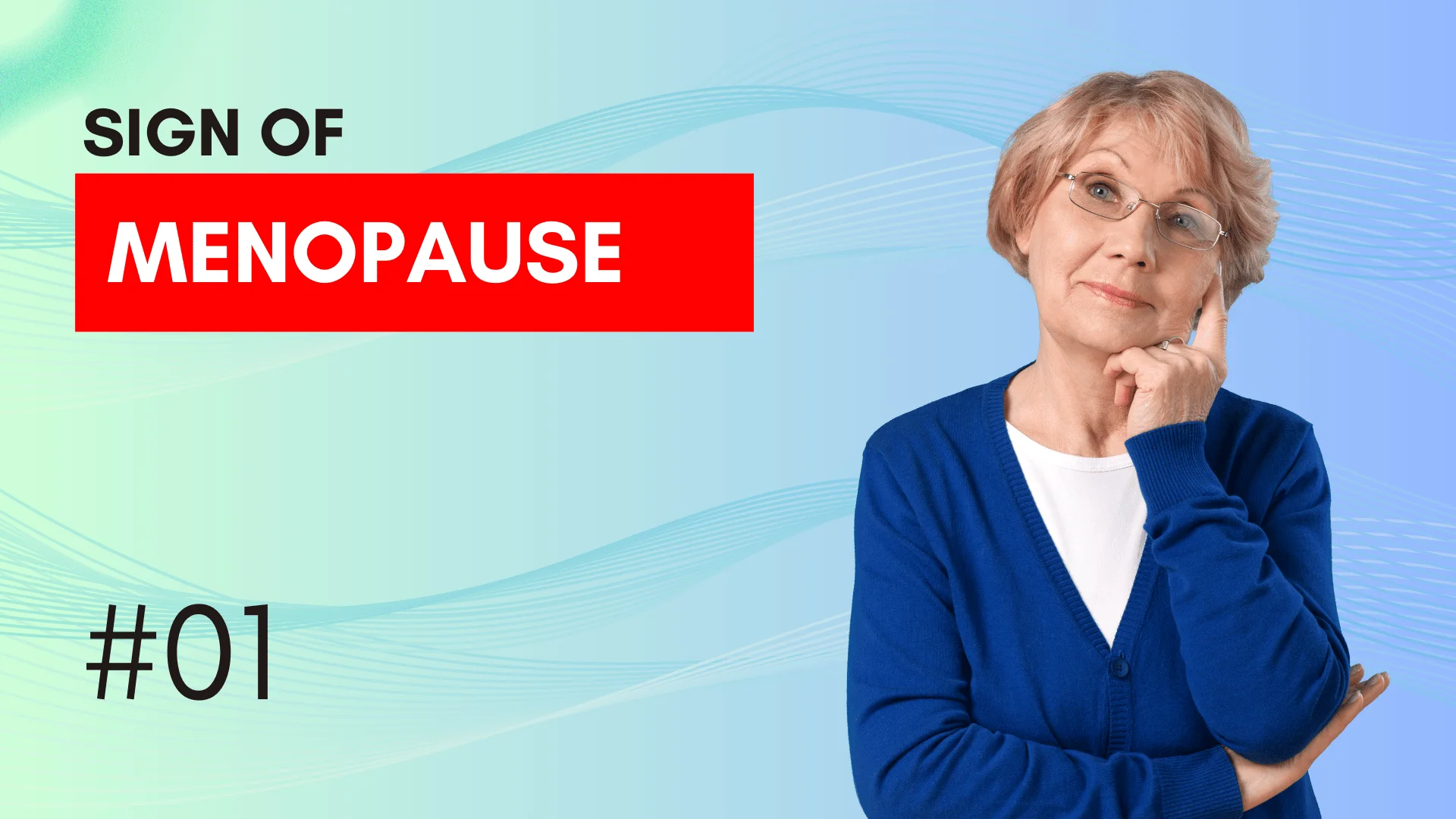Do you know that bipolar disorder affects over 45 million people worldwide (World Health Organization)? Despite its prevalence, many people struggle to find the right treatment plan that works for them.
Living with bipolar disorder can make you feel like a rollercoaster of emotions, swinging from extreme high (mania) to deep climb (depression). But with the correct treatment plan, stability, pleasure, and a complete life are completely possible. In this article, we will detect the most effective treatment options, including drugs, medicine, lifestyle changes, and emerging remedies that bring revolution in mental health care.
Why bipolar treatment matters
Effect of untreated bipolar disorder
Without proper treatment, bipolar disorder can increase the risk of severe emotional crisis, relationship conflict, financial problems, and suicide. Research suggests that 80–90% of people with bipolar disorder can significantly improve their symptoms with a combination of drugs and medicine (National Institute of Mental Health).
Demanding treatment is not only about reducing symptoms – it is about achieving control, creating flexibility, and living a full life.
A major component of bipolar treatment
1. Medication: foundation of stability
The drug is often the first row of treatment and plays an important role in stabilizing the mood. The most common types include:
- Mood Stabilizers: Lithium (Lithobid), Valproate (Depot)
- Antipsycotics: Olanzapine (Zyprexa), Quetiapine (Seroquel)
- Antidepressants: often combined with a mood stabilizer to prevent a manic episode
- Anti-concern drugs, such as benzodiazepine, for short-term use
💡 Tip: It takes time to find the right medicine, and it should be done under the supervision of a psychiatrist. Regular check-ups ensure effectiveness and reduce side effects.
2. Psychiatry: Refilling of thought pattern
The medicine alone is not enough. Therapy helps individuals to develop sexual strategies, identify triggers, and manage stress effectively.
The most effective types of therapy include:
- Cognitive behavior therapy (CBT) – helps challenge negative thought patterns.
- Dualistic behavior therapy (DBT) focuses on emotional regulation and mindfulness.
- Regulatory and Social Rhythm Therapy (IPSRT) – stabilizes daily routine to reduce mood.
🗣 Case Study: Jane, 32, struggled with an unexpected mood. Six months after combining lithium with CBT, he saw a significant improvement in mood stability and self-awareness.
3. Lifestyle adjustment: small changes, big effects
Simple lifestyle changes can create a big difference in managing symptoms and preventing relaxes:
- Regular sleep schedule – Lack of sleep can trigger episodes of frantic or depression.
- Healthy diet -Omega-3 fatty acids (found in fish) have been linked to better brain function.
- Exercise – Just 30 minutes of daily physical activity can help regulate mood.
- Avoiding alcohol and drugs – I can do this substance.
4. Support System: You are not alone
- Help Group – A local or online support group (eg, NAMI or DBSA) encourages others facing similar challenges.
- Family Education – When family members understand bipolar disorder, they can provide better support and avoid unnecessary conflicts.
- Crisis Scheme – A written plan for emergencies ensures immediate help if needed.
5. Emerging treatment and future trends
- Ketamine Therapy: This promises to reduce the symptoms of depression.
- Transactional magnetic stimulation (TMS): a non-invasive brain stimulation therapy.
- Digital therapy and AI-operated mental health apps: Apps such as Robot and Opor offer AI-propelled cognitive medical techniques.
💡 Expert Insight: Dr. Lisa Harding, a psychiatrist, says that “a combination of traditional medicine with digital devices may significantly increase bipolar management.”
Common mistakes to avoid when demanding treatment
1. Stop the medicine very soon
Many people stop taking the medicine once they feel better, causing relaxation. Always consult a doctor before making changes.
2. Ignore the initial warning signs
I quickly identify the symptoms of sleep disturbances, racing ideas, or withdrawal that can prevent a refunded episode.
3. Alcohol
Consuming drugs can worsen mood instability and can increase the risk of dangerous behavior.
4. Arsenia
The level of inconsistent sleep, diet, and activity can unstable the mood. Creating a routine helps to maintain balance.
Future trends in bipolar treatment
1. Individual medical and genetic testing
Future treatment may include DNA tests to determine the best drug for each person and reduce testing and error.
2. AI-manipulating future analysis
AI is being used to analyze speech patterns, social media behavior, and sleep data to detect early signs of mood.
3. Success in psychedelic-assisted therapy
Initial research suggests that psychedelics can help in treatment-resistant bipolar depression (under medical supervision).
Conclusion: Taking the first step towards stability
Living with bipolar disorder can be challenging, but effective treatment creates a world of difference. Whether it is a change in medicine, medicine, lifestyle, or emerging treatment, there are many ways to achieve stability.
✅ If you or a loved one is struggling with bipolar disorder, then reach out to a psychiatrist or doctor today. Consider joining a support group to join others on the same journey. Take membership in mental health resources and be informed about new remedies.
Bipolar disorder does not define you – your flexibility and the steps you take towards treatment. With the correct support, a full and balanced life is within access!




